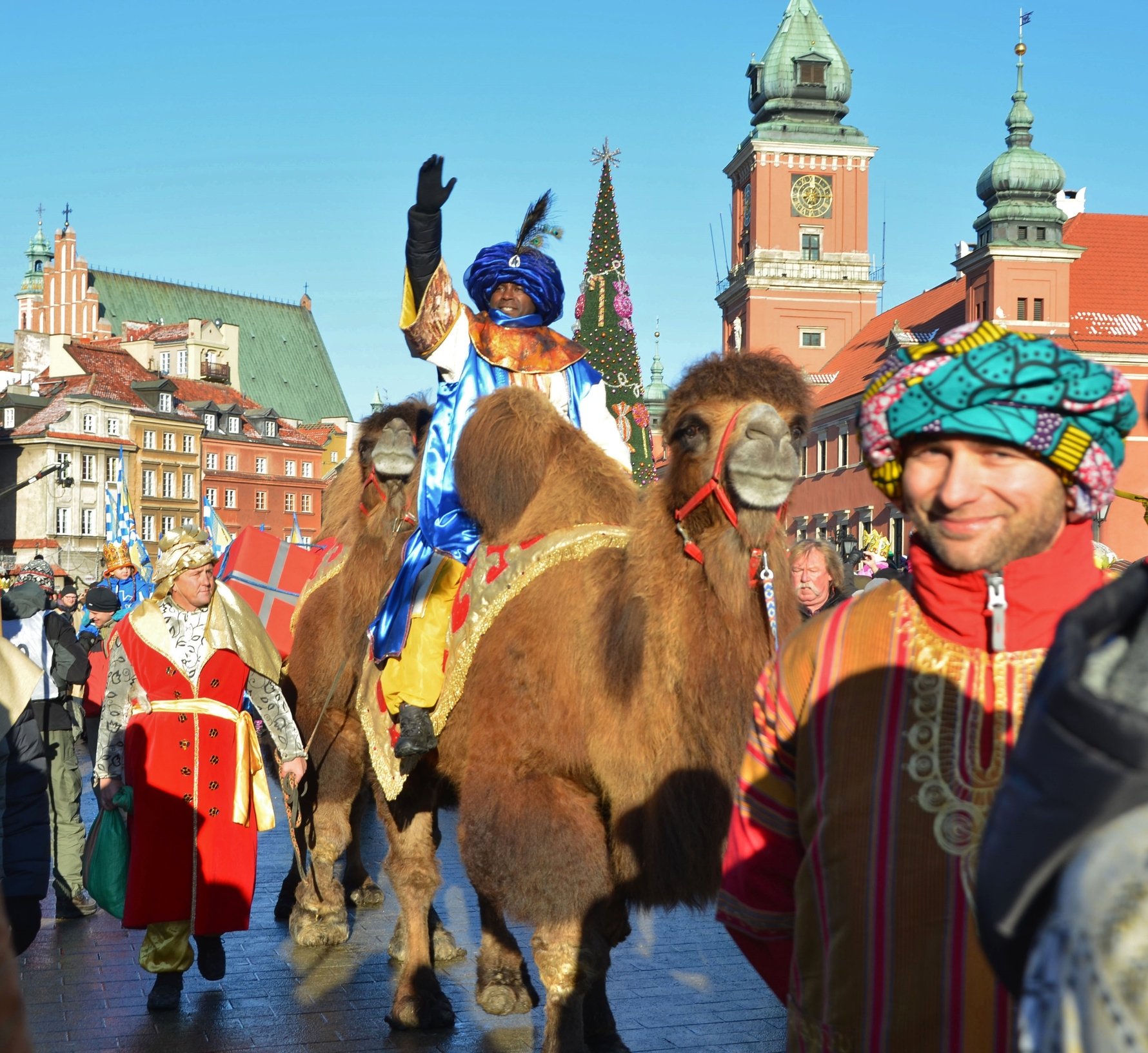The etymology of Styczeń, the first month of the Polish calendar year, has numerous theories attributed to it. The most supported of these is that from the verb stykać się (ENG: to contact) – in other words, when the old year comes into contact with the new.
There are other proposals, however, that have been entertained by Polish linguists. One such thought is that it refers to tyki, the wooden stakes that are used in food cultivation to grow vegetables and fruits more efficiently. Another theory suggests that it comes from tyka, a type of canvas that was produced in Central and Eastern Europe during the colder months, and used to make bags. The latter two theories here tie into a common theme with Polish months names - key points of the harvest season, and how seasonal changes affect them.


Climate change has played havoc with the normal weather patterns, but you can still find an endless dump of snow in the southern mountain regions, most notably around Zakopane in the Tatras. In other words, Styczeń is a great time to hop on your skis and head up the slopes!

Arguably the most important event of the month is The Great Orchestra of Christmas Charity (PL: Wielka Orkiestra Świątecznej Pomocy), which has been raising money for the Polish Health Care system since 1993, and culminates in a firework show and nationally-televised concert on the second Sunday of January each year.
Check out other months in the Polish Calendar Year!
Styczeń (January)Luty (February)
Marzec (March)
Kwiecień (April)
Maj (May)
Czerwiec (June)
Lipiec (July)
Sierpień (August)
Wrzesień (September)
Październik (October)
Listopad (November)
Grudzień (December)



Comments